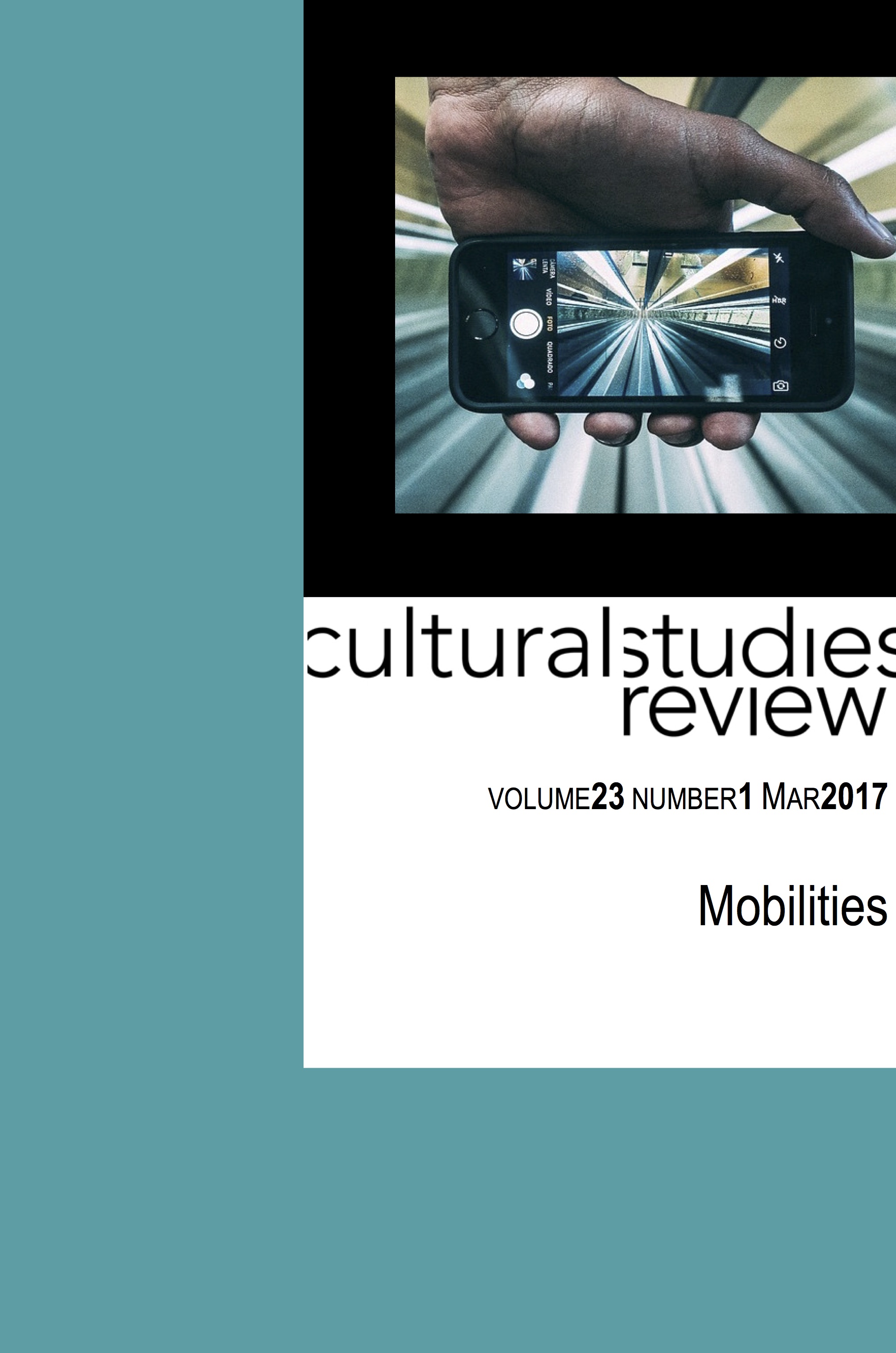Relationship Structure, Relationship Texture: Case Studies in Non/Monogamies Research
Main Article Content
Abstract
This article develops case studies from qualitative interviews with people in negotiated non-monogamous relationships to ask what discursive or practical factors besides non/monogamy might play a role in assessments of a relationship’s structure or worth. Beginning with an auto-ethnographic reflection on the way the ‘significance’ was recognised and misrecognised in one polyamorous ‘thrupple’, I introduce three case studies of people in negotiated non-monogamous relationships in order to bring a cultural studies method of the particular to the study of intimacy. For the individuals in these case studies, the practice and experience of non/monogamy is inextricably linked to the ideas and practices surrounding gender, sexuality, sex work, friendship, HIV status and ability. Sketching a middle path between the romantic’s dream of love as a state of exception or exemption from the social and the theorist’s map of the patterned effects of hetero- and mono-normativities, this article attends to the contingency, flexibility and incoherence which so often underpins the sense we make of relationships, even as that sense is shaped by the practices, ideals and institutions of intimacy, love and friendship.
Article Details
Section
Authors who publish with this journal agree to the following terms:
a) Authors retain copyright and grant the journal right of first publication with the work simultaneously licensed undera Creative Commons Attribution License that allows others to share and adapt the work with an acknowledgement of the work's authorship and initial publication in this journal.
b) Authors are able to enter into separate, additional contractual arrangements for the non-exclusive distribution of the journal's published version of the work (e.g., post it to an institutional repository or publish it in a book), with an acknowledgement of its initial publication in this journal.
c) Authors are permitted and encouraged to post their work online (e.g., in institutional repositories or on their website) prior to and during the submission process, as it can lead to productive exchanges, as well as earlier and greater citation of published work (See The Open Access Citation Advantage Service). Where authors include such a work in an institutional repository or on their website (ie. a copy of a work which has been published in a UTS ePRESS journal, or a pre-print or post-print version of that work), we request that they include a statement that acknowledges the UTS ePRESS publication including the name of the journal, the volume number and a web-link to the journal item.
d) Authors should be aware that the Creative Commons Attribution (CC-BY) License permits readers to share (copy and redistribute the work in any medium or format) and adapt (remix, transform, and build upon the work) for any purpose, even commercially, provided they also give appropriate credit to the work, provide a link to the license, and indicate if changes were made. They may do these things in any reasonable manner, but not in any way that suggests you or your publisher endorses their use.
